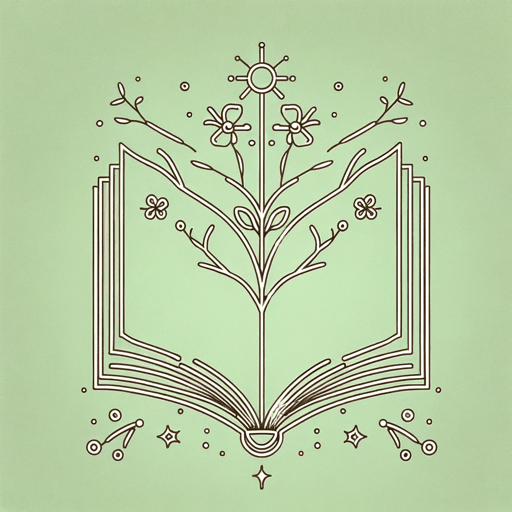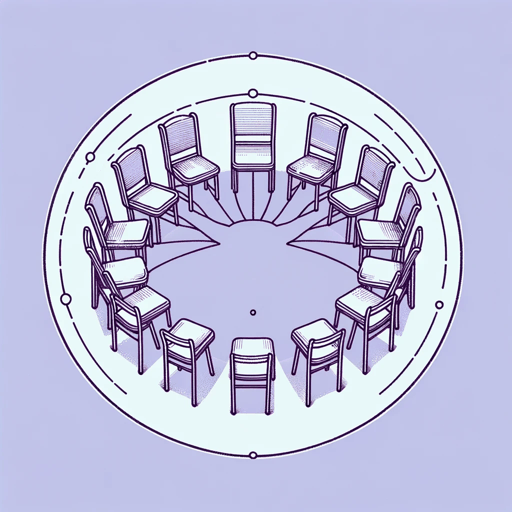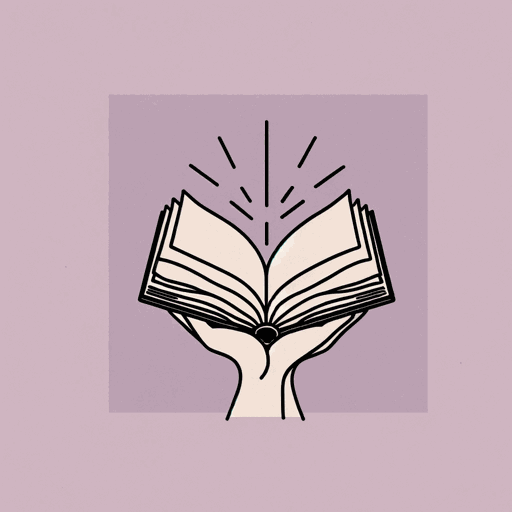91 pages • 3 hours read
bell hooksTeaching to Transgress: Education as the Practice of Freedom
Nonfiction | Book | Adult | Published in 1994A modern alternative to SparkNotes and CliffsNotes, SuperSummary offers high-quality Study Guides with detailed chapter summaries and analysis of major themes, characters, and more. For select classroom titles, we also provide Teaching Guides with discussion and quiz questions to prompt student engagement.
Summary and Study Guide
Overview
Teaching to Transgress: Education as the Practice of Freedom is a collection of 14 essays and interviews examining how to transform the multicultural classroom into an inclusive space dedicated to the practice of freedom for all students. “bell hooks” is Gloria Jean Watkins’s pen name, which she chooses not to capitalize so that her work is emphasized more so than her name. She is an acclaimed feminist scholar, cultural critic, writer, and educator. She’s the author of over 30 books that examine how race, ethnicity, gender, class, and imperialism have intersected in American life. Some of her works include Ain’t I a Woman: Black Women and Feminism, (1981), Feminist Theory: From Margin to Center (1984), as well as children’s books and books of poetry. Teaching to Transgress was published in 1994 by Routledge, an imprint of the Taylor and Francis Group.
In this collection of essays, the focus is on the classroom and the power of education to transgress boundaries that often alienate students. Throughout the book, hooks uses her personal experiences as a student and teacher to show how students can become marginalized and silenced in the classroom. Raised in the rural, segregated South, hooks saw how patriarchy established her father and many of the black men in her community into positions of power, while black women faced oppression. In her segregated schools, however, she found hope. Her black teachers, often female, nurtured and loved her, but they also pushed her to think critically. They showed her how the classroom was a transgressive space to work toward freedom.
When schools were integrated, hooks was forced to leave her school and the teachers she loved and was bussed to a white school. School became an alienating place, where she confronted the racism of some of her white teachers and white classmates. She longed for her black school and her black teachers, who had cared for her and made her experiences central to the classroom. The black classroom was a place of joy. In contrast, the integrated school was full of confrontation and stereotypes, and her identity became marginalized.
As an undergraduate, she continued to feel alienated in the classroom until she discovered the work of the Brazilian educator Paulo Freire, whose work on liberatory pedagogy gave her a way to connect her feelings of marginalization with the broader global fight against oppression. Chapters 1-5 in Teaching to Transgress focus on the power of “engaged pedagogy,” the radical vision of Freire’s, emphasizing that every student in the classroom must be an active member of the classroom to fight oppression and work toward freedom.
Chapters 6-10 explore how feminist pedagogical strategies have contributed to this engaged pedagogy. In addition to Freire’s work, feminist theory gave hooks, as an undergraduate, a way to study how systems of oppression can be analyzed and dismantled, but she critiques how many white feminists have focused on the white female experience and have refused to acknowledge the complexity of the black female experience. This gap in scholarly attention has resulted in tensions between black and white feminists. Ultimately, she sees the need to surmount these issues for a broader solidarity.
Chapters 11-14 address how issues of language, class, and desire are often neglected in discussions of classroom privilege, and yet they too have a strong impact on freedom in the classroom. Students are pressured to hide any markers that betray origins other than middle- or upper-class roots. For example, students may hide their working-class backgrounds or their use of Black English to fit into the dominant bourgeois classroom values. Desire has also been suppressed in the classroom, due to the academy’s focus on a mind-body split that prioritizes the mind above all else. hooks wants students and teachers to embrace their entire identity, bringing their diverse experiences into the classroom dialogue.
Such dedicated work and commitment are not easy or comfortable, but it is necessary to address the crisis in American classrooms, which is often alienating and marginalizing for many students, as it was for hooks. hooks’s book is a call to transform the classroom by confronting bias, healing the wounds created by such bias, and transgressing traditional boundaries of power and authority, so the classroom can become a truly democratic space, supporting all students in the daily work of freedom.
Related Titles
By bell hooks

All about Love: Love Song to the Nation Book 1
bell hooks

Feminism Is for Everybody: Passionate Politics
bell hooks

Feminist Theory: From Margin to Center
bell hooks

Salvation: Black People And Love
bell hooks

Teaching Critical Thinking: Practical Wisdom
bell hooks

The Will to Change: Men, Masculinity, and Love
bell hooks

